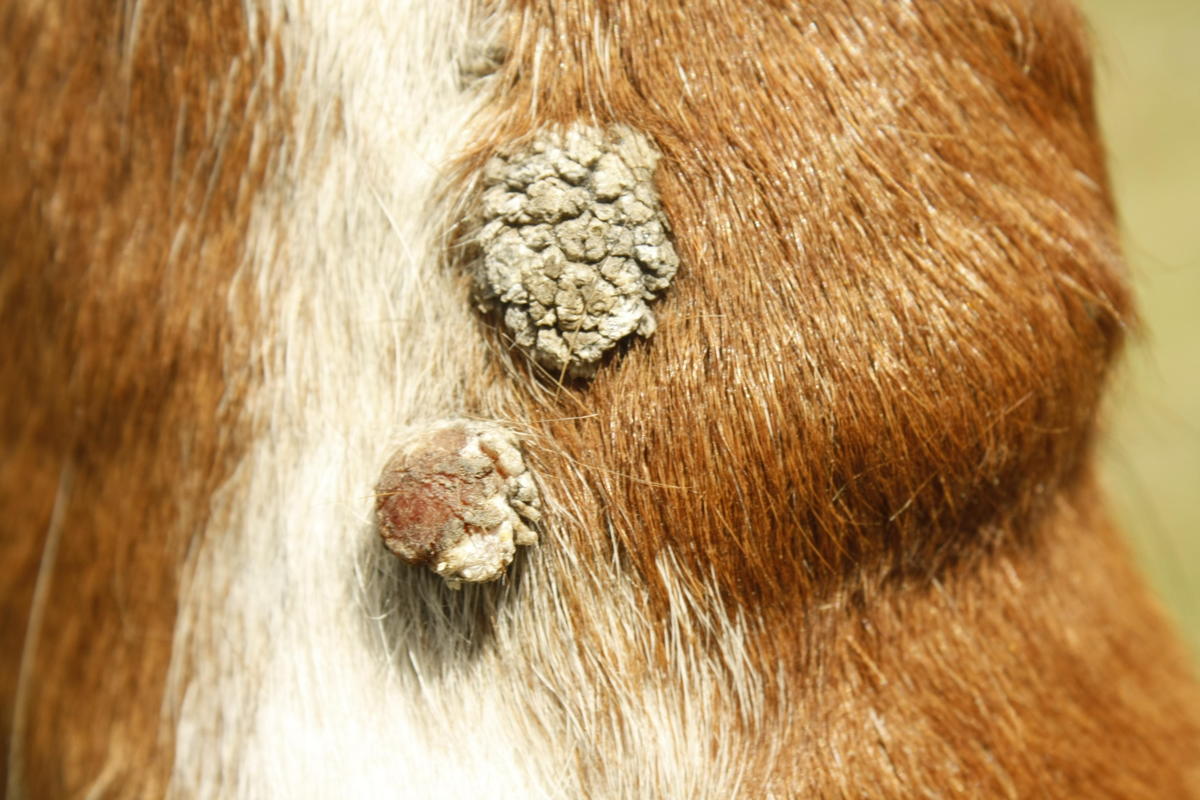Equine Skin Conditions
- posted: May 19, 2022

Skin conditions in horses are often difficult to diagnose and frustrating to treat, with causes ranging from fungus to allergens to who-knows-what else. Listed below are just a few of the most common equine skin conditions.
- Sarcoid-Nonmalignant locally aggressive tumors that are most often seen on the belly head or groin, or legs
- Scratches-Breaks in the skins that can lead to bacterial and/or fungal infections. Can also cause scaly patches hair loss, inflammation on the legs. Horses that live in muddy pastures are often more at risk to secondary infections.
- Aural Plaques- Form inside the horse’s ears. The cause is currently unknown, but is suspected by insects biting at the ears.
- Rain Rot-Is caused by opportunistic bacteria which thrive in moist conditions and is contagious. Most often found over the back, neck, croup, but can often spread to the legs.
- Hives-Round raised welts all over that body that can range in size and cover part or most of the body. Can be cause by air-borne allergies, ingested allergies, vaccines, or medications. Usually not painfully but can be very itchy.
- Warts-Caused by the equine papilloma virus. Often associated with young horses and last any where from 60 to 100 days as the horse builds immunity and the warts disappear. They are contiguous and can spread through direct contact with horses who have active breakouts.
- Ringworm-Highly contagious fungal infection that form a ring-like appearance with a raised edge and hair loss.
- Insect Hypersensitivity-Allergic reaction to insect saliva and can often lead to hives on the body. This is the most common equine dermatological issue.
- Sweet Itch-Reaction to salivary antigens from bites of gnats. Small itchy papules form on the skin usually common on the mane, under the belly and tail. Often hair loss is seen. Scabbing and ulceration are caused from self-mutilation due to constant scratching.
- Melanoma-Most often found in gray horses, usually seen by the time they are at least 15 years old. Most often start benign in gray horses but can become malignant over time. Can be found on the ears, penis, vulva, salivary glands, under tail, anus, and sheath.
Have a question about an unusual skin issue on your horse? Give us a call to set up a consultation! Call the office at 336-349-4080 or reach out on the Vet2Pet app!
Location
Find us on the map
--mi
Browns Summit Location
Address
5373 NC Hwy 150
Browns Summit, NC 27214, United States
Contact Information
(336) 349-4080

